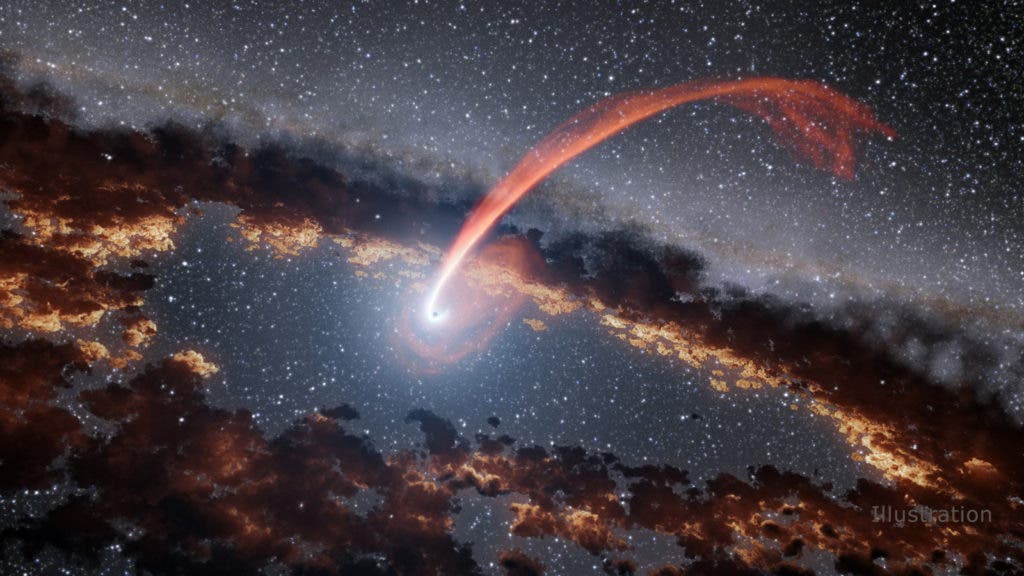For the first time, astronomers have managed to confirm the existence of a black hole population surrounding the core of our galaxy.

If you think about it, galaxies are pretty strange. They come in several shapes (spiral, elliptical, irregular), and are essentially a group of stars, stellar remnants, interstellar gas, dust, and dark matter that are clumped together by gravity. Astronomers now believe that most galaxies have massive black holes at their center to help keep everything together. In the case of the Milky Way, we have the gargantuan Sagittarius A*, whose mass is equivalent to four million suns.
Simulations and cosmological models also suggest that the central area of the Milky Way has several other black holes. As many as 20,000 black holes are predicted to settle in the central area of our galaxy (and all spiral galaxies) but so far, these black holes haven’t been observed, and neither has their gravitational effect, despite astronomers’ best efforts — that is, until now.
[panel style=”panel-default” title=”Black Holes” footer=””]Panel contentSagittarius A* is surrounded by a halo of dust and gas which serves as the perfect breeding ground for massive stars. As these massive stars explode, they can become black holes. Furthermore, all black holes in the nearby vicinity of Sagittarius A* are held close by its massive gravitational pull.
[/panel]
Using data from the Chandra X-ray Observatory telescope, Charles Hailey, an experimental astrophysicist and Pupin Professor of Physics at Columbia University, along with his colleagues, have identified a population of a dozen quiescent X-ray binaries. Binary systems are star systems where at least one of the components is a black hole.
“There are only about five dozen known black holes in the entire galaxy — 100,000 light years wide — and there are supposed to be 10,000 to 20,000 of these things in a region just six light years wide that no one has been able to find,” Hailey said, adding that extensive fruitless searches have been made for black holes around Sgr A*, the closest SMBH to Earth and therefore the easiest to study. “There hasn’t been much credible evidence.”
“This finding confirms a major theory and the implications are many,” Hailey continued. “It is going to significantly advance gravitational wave research because knowing the number of black holes in the center of a typical galaxy can help in better predicting how many gravitational wave events may be associated with them. All the information astrophysicists need is at the center of the galaxy.”
However, not everybody is convinced. Talking to NewScientist, Daryl Haggard at McGill University in Montreal, Canada, said he wouldn’t hang his hat on this analysis just yet, though he did concede that it is “tantalizing” and “interesting.”
Journal Reference: A density cusp of quiescent X-ray binaries in the central parsec of the Galaxy. DOI 10.1038/nature25029






